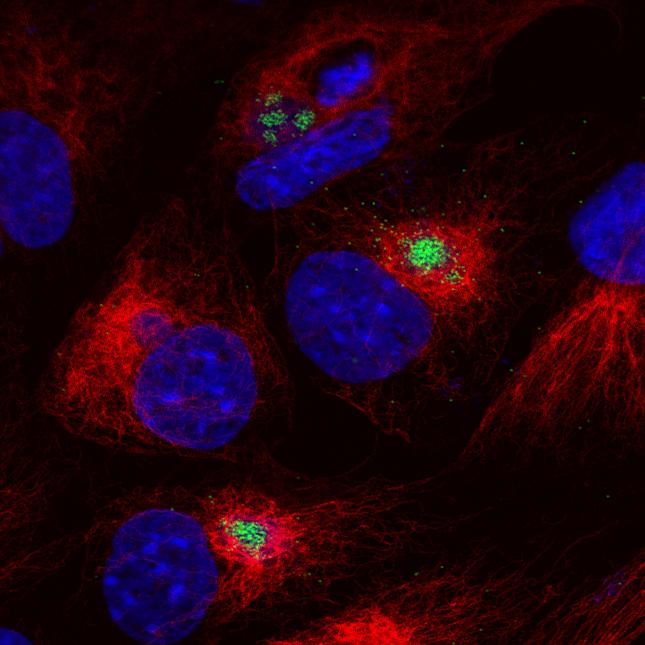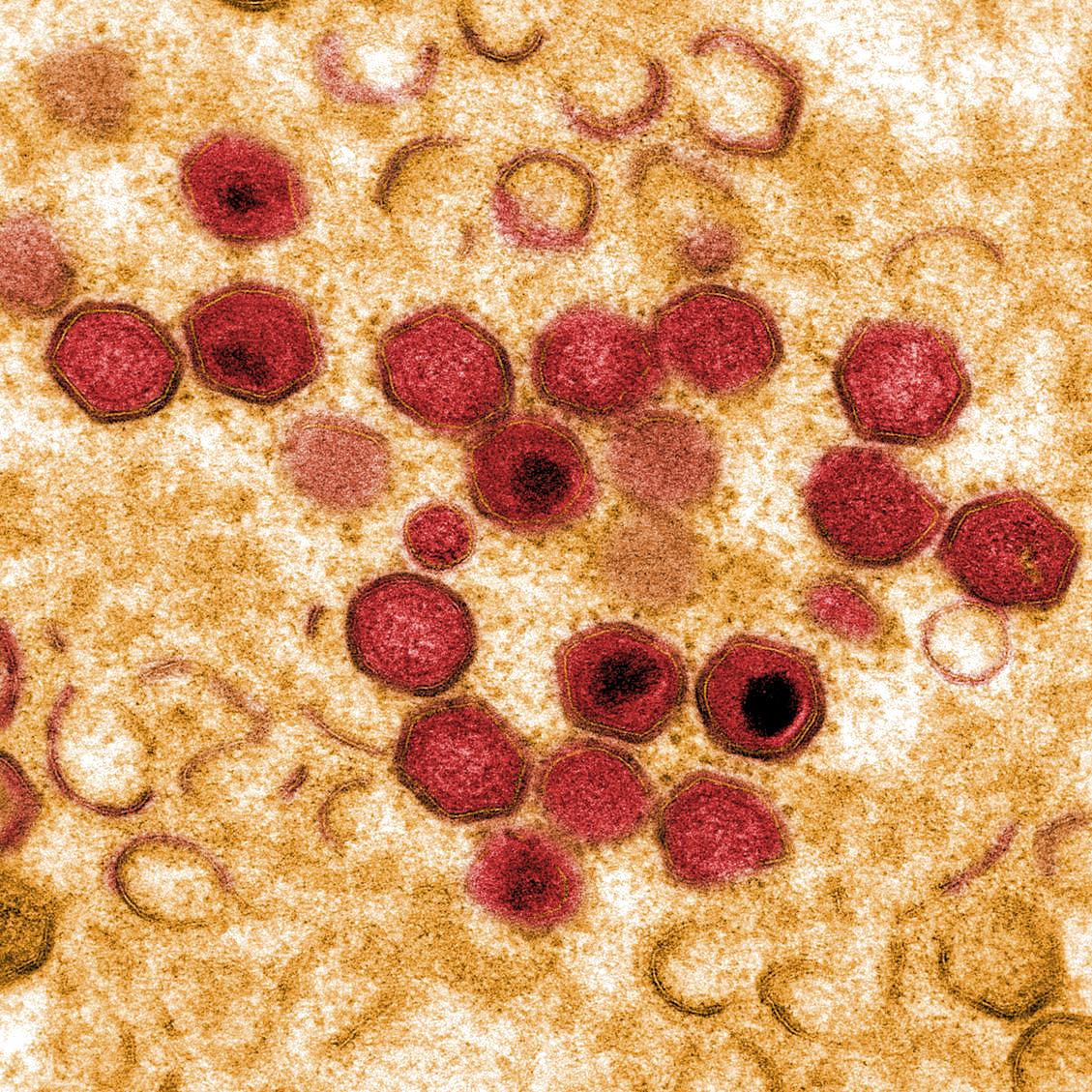Dynamics of African swine fever virus shedding and excretion in domestic pigs infected by intramuscular inoculation and contact transmission
African swine fever virus (ASFV) is a highly virulent swine pathogen that has spread across Eastern Europe since 2007 and for which there is no effective vaccine or treatment available. The dynamics of shedding and excretion is not well known for this currently circulating ASFV strain. Therefore, susceptible pigs were exposed to pigs intramuscularly infected with the Georgia 2007/1 ASFV strain to measure those dynamics through within- and between-pen transmission scenarios. Blood, oral, nasal and rectal fluid samples were tested for the presence of ASFV by virus titration (VT) and quantitative real-time polymerase chain reaction (qPCR). Serum was tested for the presence of ASFV-specific antibodies. Both intramuscular inoculation and contact transmission resulted in development of acute disease in all pigs although the experiments indicated that the pathogenesis of the disease might be different, depending on the route of infection. Infectious ASFV was first isolated in blood among the inoculated pigs by day 3, and then chronologically among the direct and indirect contact pigs, by day 10 and 13, respectively. Close to the onset of clinical signs, higher ASFV titres were found in blood compared with nasal and rectal fluid samples among all pigs. No infectious ASFV was isolated in oral fluid samples although ASFV genome copies were detected. Only one animal developed antibodies starting after 12 days post-inoculation. The results provide quantitative data on shedding and excretion of the Georgia 2007/1 ASFV strain among domestic pigs and suggest a limited potential of this isolate to cause persistent infection.
Back to publications

